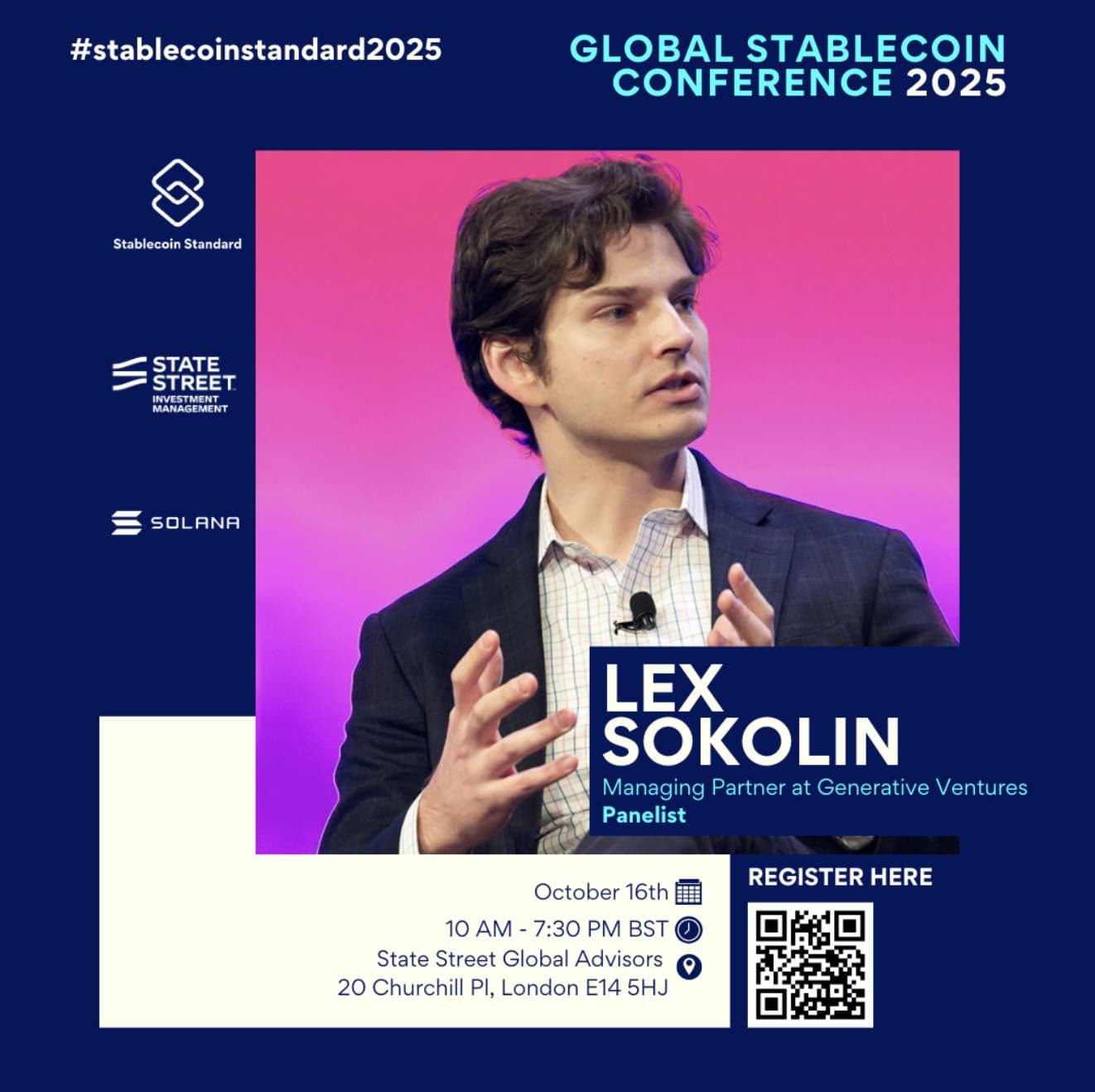Stablecoins Under Scrutiny: Lex Sokolin Labels Most as 'Junk Bonds with Leverage'

London, UK – Lex Sokolin, Managing Partner at Generative Ventures and a prominent voice in fintech and Web3, has sparked discussion within the cryptocurrency community by asserting that "most stables are junk bonds with leverage." In a recent social media post, Sokolin emphasized that the crypto industry's primary need is not to eliminate risk, but rather to "properly internalize the price of risk."
Sokolin, known for his deep analysis of the intersection between AI, crypto, and the machine economy, highlighted a critical perspective on stablecoins, which are digital currencies pegged to a stable asset like the US dollar. His statement suggests that many stablecoin designs may carry inherent risks comparable to high-yield, high-risk debt instruments, exacerbated by leverage. Generative Ventures, co-founded by Sokolin in 2023, focuses on investing in the machine economy, leveraging fintech, AI, and Web3 technologies.
The critique comes amidst growing institutional adoption of stablecoins, which have seen their circulation exceed $250 billion globally by mid-2025, facilitating over $2.3 trillion in monthly volume. Sokolin himself co-authored a "Money Movement 2.0" report in mid-2025, detailing stablecoins' role as a growing infrastructure layer for global finance, citing their use by major companies like Stripe and JPMorgan. This dual perspective underscores a complex landscape where stablecoins are both vital for financial innovation and potentially fraught with unpriced risks.
Experts often categorize stablecoins by their collateralization methods, including fiat-backed, crypto-backed, and algorithmic. While fiat-backed stablecoins like USDT and USDC aim for stability through reserves, their transparency and the quality of their backing assets have been subjects of ongoing debate. Algorithmic stablecoins, which maintain their peg through smart contracts and market incentives, have faced significant challenges, with past failures highlighting the fragility of some designs.
Sokolin's call for "properly internalizing the price of risk" suggests a need for more robust risk assessment models and transparent disclosures within the stablecoin ecosystem. This perspective aligns with broader regulatory pushes for greater oversight and clarity around stablecoin reserves and operational mechanisms, aiming to prevent systemic risks and protect investors as these digital assets become increasingly integrated into mainstream finance. The ongoing evolution of stablecoin regulation and design will likely be shaped by such critical assessments.